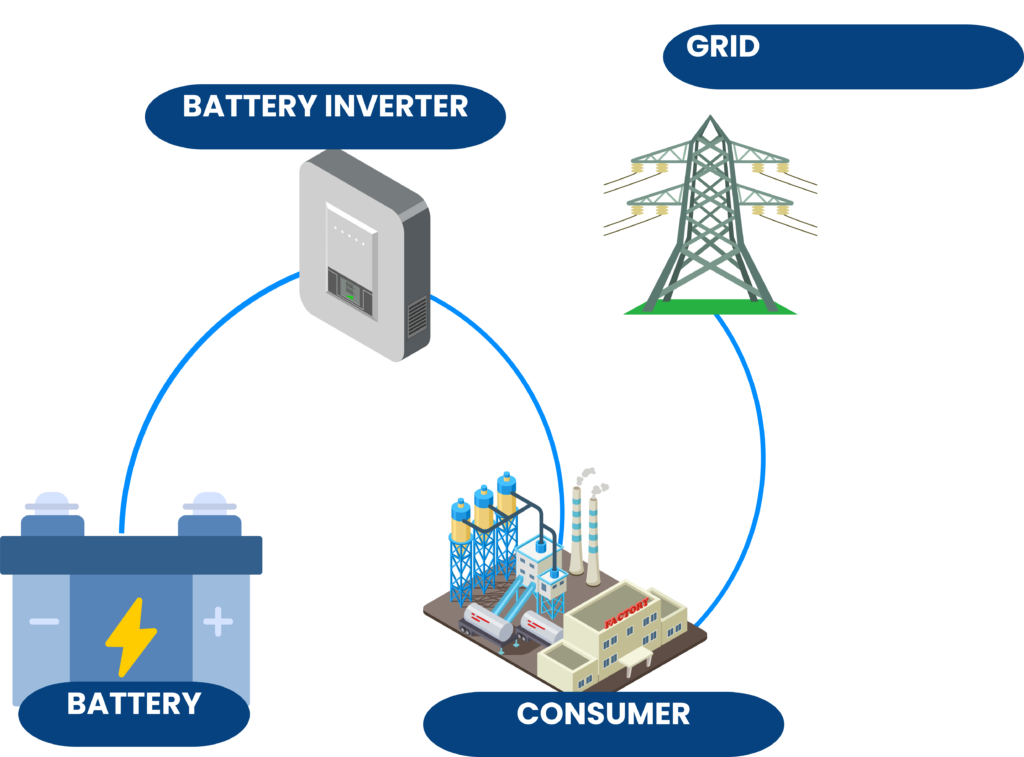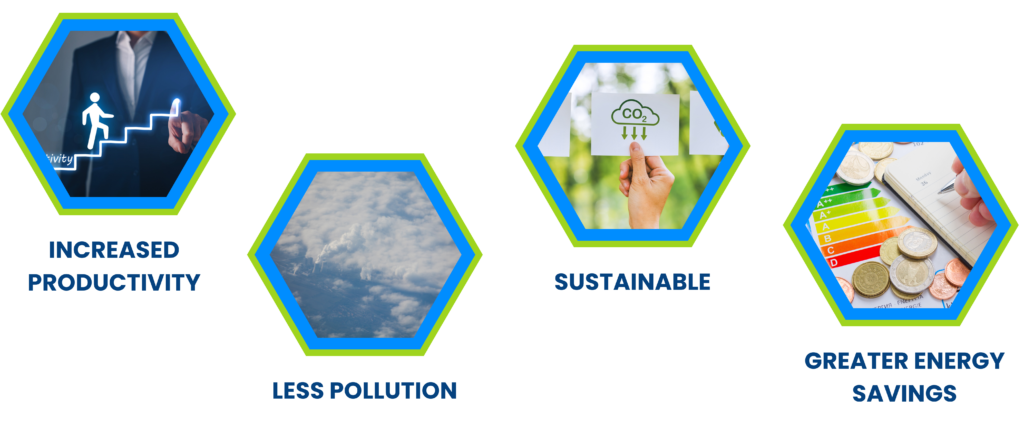Battery Energy Storage System

Battery Energy Storage Systems (BESS) have indeed revolutionized various sectors by offering versatile applications. Here’s a breakdown:
- Residential: BESS technology enables homeowners to store excess energy generated by renewable sources like solar panels. This stored energy can be used during peak demand times or when the primary energy source isn’t available. Reducing reliance on the grid and cutting electricity bills.
- Commercial Scale: BESS into their operations to manage energy consumption more efficiently. They can store electricity during off-peak hours when rates are lower and use it during peak hours, thus reducing energy costs. Additionally, BESS can provide backup power during outages.
- Industrial: Industries often have high energy demands and fluctuating energy costs. BESS technology helps stabilize energy supply and demand, optimizing energy usage and reducing expenses. It can also act as a backup power source to prevent costly downtime during grid failures.
- Renewable Integration: The integration of renewable energy sources like solar into the grid by mitigating intermittency. It can store excess energy generated during periods of high production and release it when energy generation is low. Ensuring a steady and reliable power supply.
- Microgrids: BESS technology is integral to microgrid systems, offering localized energy storage and distribution capabilities. Microgrids powered by BESS can operate independently or in conjunction with the main grid, providing resilience against power outages and enabling communities.
Time-of-use (TOU) electric rates typically vary based on the time of day, with higher rates during peak demand periods and lower rates during off-peak times. BESS in conjunction with TOU pricing reduces electricity costs but also enhances energy resilience, improves sustainability, and contributes to more efficient grid operations.
Advantages of Battery Storage
BESS Operation
Charging: During periods of low electricity demand or when renewable energy generation exceeds immediate demand, electricity is used to charge the batteries in the BESS. This can be from sources like solar panels, wind turbines, or the grid itself.
Discharging: When electricity demand increases or renewable energy generation decreases, the stored energy in the batteries is discharged. This provides additional power to the grid, helping to stabilize the system during peak demand periods or when renewable energy generation is low.





